What Size Dirt Bike Do I Need?
The size of dirt bike you need depends primarily on your height, weight, age, experience level, and intended use. For most adult beginners, a 250cc dirt bike is a good starting point. Teenagers and smaller adults may be better suited to a 125cc-150cc bike. Children under 12 typically need a 50cc-110cc dirt bike. However, these are general guidelines, and individual factors should be carefully considered when choosing the right size.
This article will explore the various factors that influence dirt bike sizing, including age categories, engine displacement, seat height, and riding style. We’ll also discuss how to test ride different sizes, make adjustments for a better fit, and provide safety tips for new riders. By understanding these key elements, you’ll be better equipped to select the perfect dirt bike size for your needs.
Understanding Dirt Bike Sizes

Dirt bike sizes are primarily categorized by engine displacement, measured in cubic centimeters (cc). Engine displacement refers to the volume of the engine cylinders and correlates with the bike’s power output. Dirt bikes range from small 50cc models suitable for young children to powerful 450cc machines designed for experienced adult riders.
The main size categories for dirt bikes include:
- Small (50cc – 110cc): Ideal for children and beginners
- Medium (125cc – 250cc): Suitable for teenagers and intermediate riders
- Large (250cc and above): Best for adult and experienced riders
It’s important to note that engine size is not the only factor in determining the right dirt bike. Seat height, overall weight, and frame size also play crucial roles in finding the perfect fit.
Factors to Consider When Choosing a Dirt Bike Size
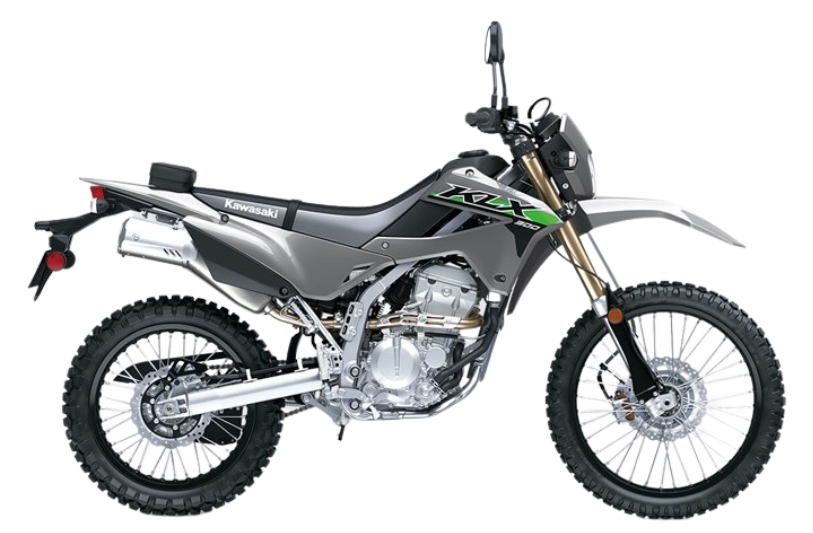
Several key factors influence the selection of an appropriate dirt bike size:
- Rider’s Age and Experience Age is a critical factor in dirt bike selection. Children require smaller, less powerful bikes for safety and ease of control. Experience level also plays a role, as beginners may benefit from starting with a smaller engine size to develop skills before progressing to more powerful machines.
- Rider’s Height and Weight Height affects the rider’s ability to reach the ground and control the bike. Weight impacts the bike’s suspension and overall handling. A rider’s physical dimensions should be matched to the bike’s seat height and weight capacity for optimal control and safety.
- Intended Use The type of riding you plan to do significantly influences the ideal bike size. Trail riding, motocross, and enduro riding each have different requirements in terms of power, weight, and maneuverability.
Table 1: Recommended Dirt Bike Sizes by Age and Experience
| Age Group | Experience Level | Recommended Engine Size |
|---|---|---|
| 4-6 years | Beginner | 50cc |
| 7-9 years | Beginner | 50cc-65cc |
| 10-12 years | Intermediate | 65cc-85cc |
| 13-15 years | Intermediate | 85cc-125cc |
| 16+ years | Beginner | 125cc-250cc |
| Adult | Experienced | 250cc-450cc |
Weight Distribution and Handling
The weight of a dirt bike significantly impacts control and maneuverability. Heavier bikes provide stability at high speeds but can be challenging to maneuver in tight spaces. Lighter bikes offer better agility but may feel less stable on rough terrain.
Tips for balancing and handling a dirt bike:
- Maintain a proper riding position with elbows up and knees gripping the tank
- Use your body weight to lean into turns
- Practice slow-speed maneuvers to improve balance
- Adjust suspension settings to match your weight and riding style
Test Riding Different Sizes
Test riding is essential before purchasing a dirt bike. It allows you to assess comfort, control, and overall fit. When test riding:
- Wear appropriate safety gear
- Start with basic maneuvers in a controlled environment
- Test the bike on terrain similar to where you’ll be riding
- Pay attention to how easily you can reach controls and touch the ground
- Assess the bike’s power delivery and your ability to control it
Adjusting and Customizing Your Dirt Bike
Many dirt bikes can be adjusted or customized for a better fit:
- Adjust handlebar position for comfort and control
- Modify suspension settings to match your weight and riding style
- Install a lowering kit to reduce seat height
- Change footpeg position for better ergonomics
- Use different tire sizes to alter overall height
Popular Dirt Bike Models and Their Sizes
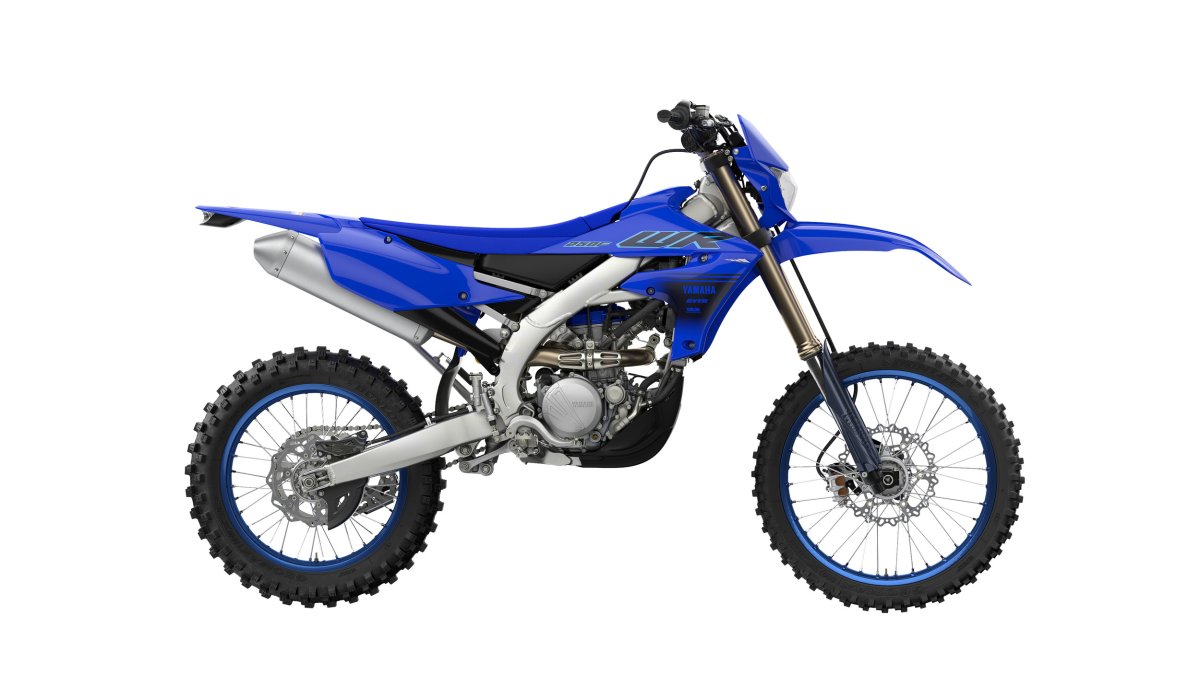
Here are some popular dirt bike models in different size categories:
Small Bikes:
- Yamaha PW50 (50cc)
- KTM 50 SX (50cc)
- Honda CRF110F (110cc)
Medium Bikes:
- Yamaha WR250F (250cc)
- KTM 150 SX (150cc)
- Honda CRF250R (250cc)
Large Bikes:
- KTM 350 SX-F (350cc)
- Yamaha YZ450F (450cc)
- Honda CRF450R (450cc)
Best Trail Dirt Bike
For trail riding, versatility and reliability are key factors. The best trail dirt bike should handle various terrains while providing comfort for longer rides. The Honda CRF250F is often considered one of the best trail dirt bikes due to its balance of power, lightweight design, and user-friendly features. It’s suitable for both beginners and intermediate riders, making it an excellent choice for those looking to explore off-road trails.
Safety Tips for New Riders
Essential safety gear for dirt biking includes:
- DOT-approved helmet
- Goggles or face shield
- Protective jacket and pants
- Gloves
- Boots designed for off-road riding
- Knee and elbow pads
Basic riding tips for beginners:
- Start slow and gradually increase speed as you gain confidence
- Practice proper body position and weight distribution
- Learn to use both brakes effectively
- Always scan the terrain ahead for obstacles
- Ride within your skill level and never beyond your comfort zone
Maintenance and Care for Your Dirt Bike
Regular maintenance is crucial for the longevity and performance of your dirt bike. Key maintenance tasks include:
- Checking and changing oil regularly
- Cleaning or replacing air filters
- Inspecting and adjusting chain tension
- Checking tire pressure and condition
- Lubricating moving parts
It’s recommended to perform basic maintenance after every ride and schedule professional servicing according to the manufacturer’s guidelines, typically every 20-30 hours of riding time.
Conclusion
Choosing the right size dirt bike is essential for safety, comfort, and enjoyment. Consider your age, height, weight, experience level, and intended use when making your selection. Remember that engine size is just one factor; seat height, overall weight, and ergonomics are equally important. Always test ride before purchasing and don’t hesitate to make adjustments for a better fit. With the right size dirt bike, you’ll be well on your way to mastering off-road riding and enjoying the thrills of this exciting sport.
FAQs
- What size dirt bike is best for a beginner? For adult beginners, a 125cc-250cc dirt bike is generally recommended. Children and teenagers should start with smaller engines appropriate for their age and size.
- How do I know if a dirt bike is too big for me? If you can’t comfortably reach the ground with your feet or struggle to control the bike at low speeds, it may be too big for you.
- Can adults ride 125cc dirt bikes? Yes, adults can ride 125cc dirt bikes, especially if they are beginners or prefer a lighter, more manageable bike for technical riding.
- What is the best dirt bike size for trail riding? For trail riding, 250cc-350cc bikes are popular among adults, offering a good balance of power and maneuverability. The Honda CRF250F is an excellent choice for trail riding.
- How often should I service my dirt bike? Basic maintenance should be performed after every ride, with more comprehensive servicing every 20-30 hours of riding time or as recommended by the manufacturer.

Jason Wilkins began his career with a passion for online shopping experiences and deep insights into the outdoor gear market. With the aim of providing excellent choices for those who love an active lifestyle, he established besttraildirtbike.com, specializing in advising and selling Amazon Affiliate products suitable for dirt bikes, accessories, and touring gear.
Leveraging his expertise in SEO techniques and business management skills, Jason has built a reputable brand, attracting thousands of customers. As a dedicated and creative leader, he continuously seeks ways to enhance the user experience and sustainably grow the business.
Jason has in-depth knowledge of dirt bike trends and accessory innovations, constantly updating himself on the latest breakthroughs in this field. On his website, he shares detailed and objective reviews of hot products on the market, along with tips for safe dirt biking and touring.
With the motto “Passion Without Limits,” Jason aspires to inspire many outdoor enthusiasts to explore the wonders of nature. Under his guidance, besttraildirtbike.com is steadily becoming a trusted destination for customers to find quality products for their dirt biking and adventure touring pursuits.
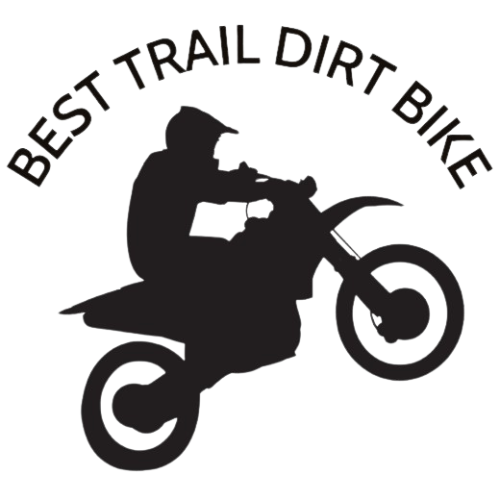

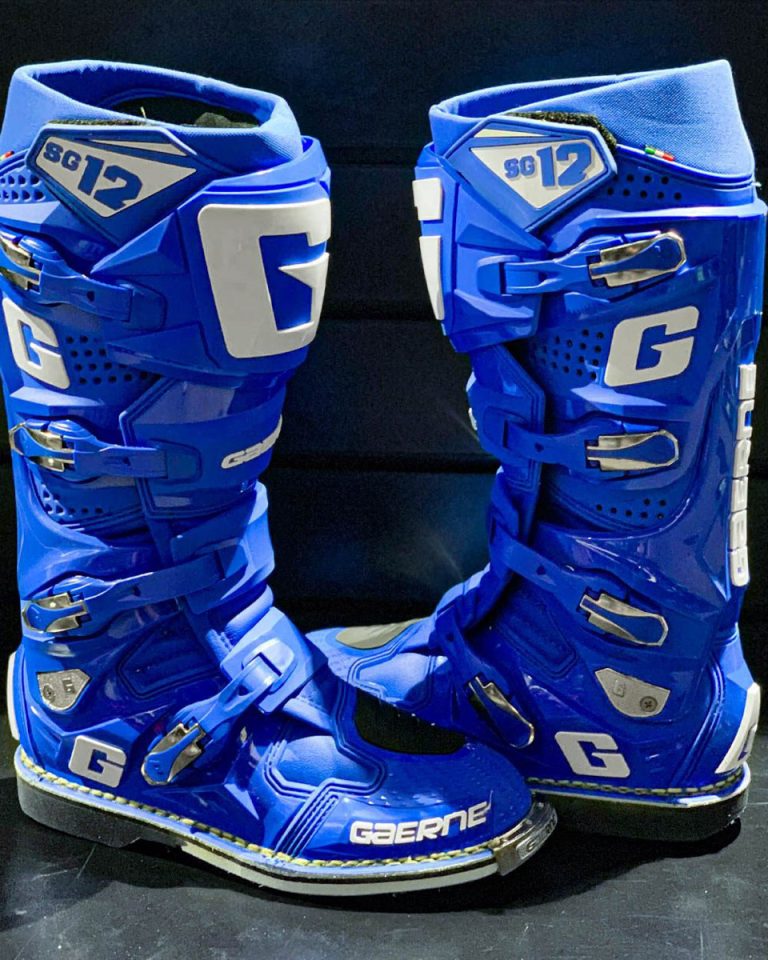
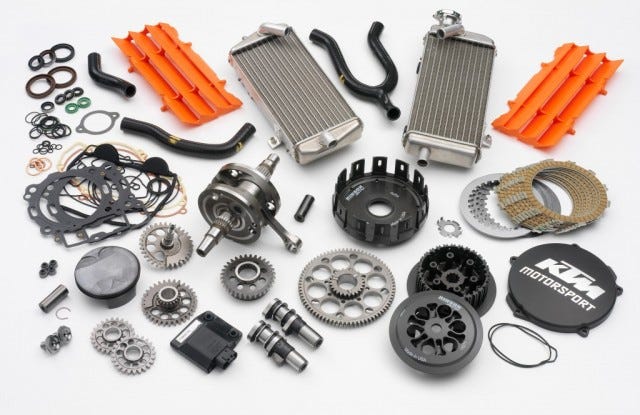
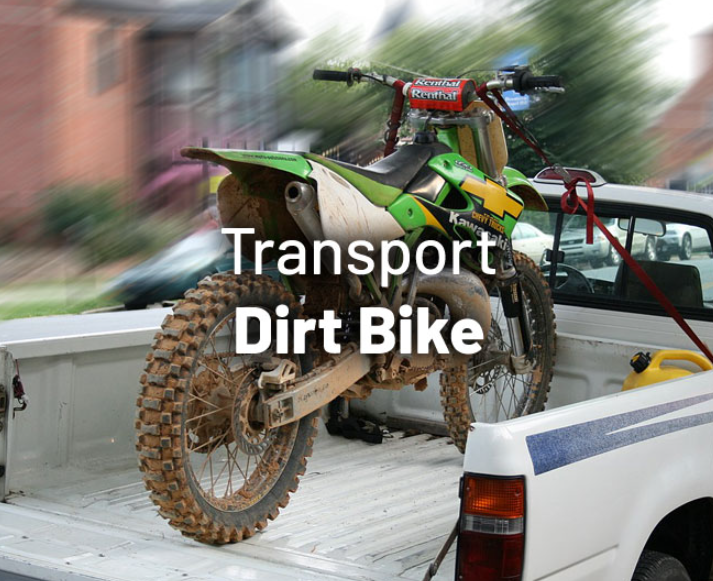
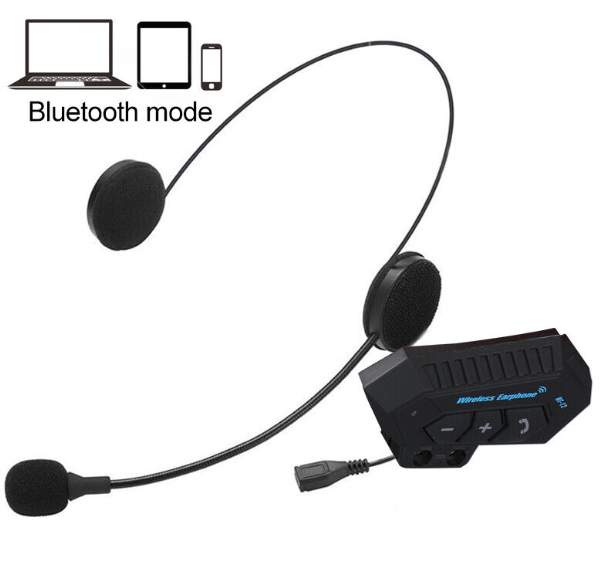
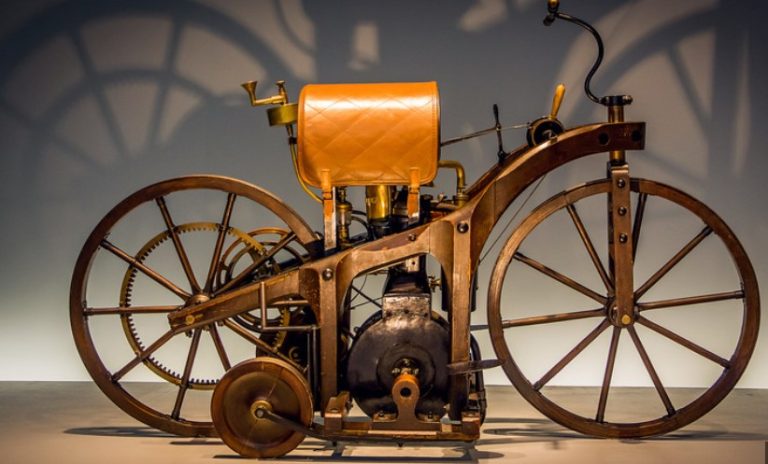

This guide to choosing the right dirt bike size is super helpful! As a newer rider, I’ve been unsure about what size is best for me. I’d love to hear from other riders of different heights and experience levels about what size they ride and how they feel it impacts their riding experience. Also, any tips for test riding different sizes would be greatly appreciated!
Hi Emma,
I’m glad you found the guide helpful! Choosing the right dirt bike size is crucial for comfort and control. As a general rule, riders around 5’2″ to 5’6″ often feel comfortable on 250cc bikes, while taller riders may prefer 450cc models. However, experience level is just as important as height.
For test riding, I’d recommend:
Visit local dealerships or dirt bike events to try different sizes.
Start with a smaller bike and work your way up.
Pay attention to how easily you can touch the ground and reach the controls.
Try various terrains to see how the bike handles in different conditions.
Remember, it’s not just about power – consider factors like weight and suspension too. Many experienced riders actually prefer smaller, more nimble bikes for technical trails.
Don’t hesitate to ask staff at dealerships for advice – they’re usually happy to help match you with the right bike. And don’t rush the decision – take your time to find the perfect fit for your size and skill level.
Good luck with your search, and happy riding!
This article provides excellent guidance on choosing the right size dirt bike. I appreciate how it breaks down the factors to consider, such as rider height, weight, and experience level. The size chart is particularly helpful for matching engine sizes to rider ages and skill levels. It’s great that the article emphasizes the importance of comfort and control for safety. The tips on test riding and considering future growth are valuable for new riders. Overall, this is a comprehensive guide that will surely help many riders find their perfect dirt bike fit.
Great article on choosing the right size dirt bike! As a beginner, I found the height and weight guidelines particularly helpful. The breakdown by age groups is also useful, though I agree that individual factors matter more. I appreciate the emphasis on comfort and control for safety. The tip about sitting on different bikes to find the right fit is practical advice. Overall, this guide provides a solid starting point for anyone looking to get into dirt biking.
This article is very helpful for understanding dirt bike sizes. The breakdown of factors to consider, like rider height and skill level, provides clear guidance. I’m curious, though, how does the weight of the bike impact performance for beginners? Also, are there specific bike models that are known to be versatile across different skill levels?
Hi Jake,
I’m glad you found the article helpful! Regarding your questions, the weight of a dirt bike can significantly impact performance, especially for beginners. Heavier bikes can be more challenging to maneuver and may require more effort to handle, which can be daunting for new riders. Lighter bikes, on the other hand, are generally easier to handle and control, making them more suitable for beginners as they build their skills and confidence.
As for versatile bike models, there are a few that are well-regarded for their adaptability across different skill levels. For instance, the Honda CRF250L and the Yamaha WR250R are both popular choices. They offer a good balance of power, weight, and versatility, making them suitable for a range of riders from beginners to more experienced enthusiasts.
Feel free to reach out if you have any more questions!
Great guide on choosing the right size dirt bike! The explanations on engine size and bike dimensions were very insightful. Could you provide more advice on selecting a bike size based on intended riding terrain, such as trails vs. tracks? Additionally, how important is it to consider the bike’s weight in relation to the rider’s strength and experience?
Hi Lily,
Thank you for the kind words! I’m pleased you found the guide helpful. When choosing a dirt bike size based on intended riding terrain, there are a few key factors to consider:
Trails: For trail riding, you generally want a bike that is lightweight and easy to maneuver. Bikes in the 125cc to 250cc range are often preferred for trail riding because they offer a good balance of power and control. They should also have a suspension that can handle uneven terrain and obstacles.
Tracks: For track riding, you’ll need a bike with more power and stability. A 250cc to 450cc bike is usually suitable for motocross tracks, where you need both speed and durability. Track bikes should have a strong suspension to handle jumps and rough surfaces.
Regarding the bike’s weight, it’s quite important. Heavier bikes can be more challenging to handle, especially for less experienced riders or those with less strength. A bike that’s too heavy can be difficult to control and may lead to fatigue more quickly. It’s important to choose a bike that matches your physical strength and riding experience to ensure both safety and enjoyment.
If you have any more questions or need further advice,
Thanks for the comprehensive article on dirt bike sizes! The tips on matching bike size to rider height were particularly useful. I’d like to know more about how different bike sizes affect maneuverability and control, especially for new riders. Are there recommended practices for transitioning from a smaller bike to a larger one?
Hi Noemi,
Thank you for your kind words about the article! I’m glad you found the information on bike sizes helpful. When it comes to maneuverability and control, bike size can significantly impact a rider’s experience. Smaller bikes are generally easier to handle, offering better maneuverability and control, which can be beneficial for new riders who are still building their skills. Larger bikes, while offering more power and stability, can be more challenging to handle, especially in tight or technical terrain.
For new riders transitioning from a smaller bike to a larger one, here are a few recommended practices:
Gradual Transition: Start by practicing on less challenging terrain to get accustomed to the larger bike’s handling and power.
Practice Control: Spend time working on balance and control, focusing on smooth throttle and brake inputs.
Adjust Settings: Make sure the bike’s suspension and settings are adjusted to suit your riding style and comfort.
Seek Instruction: Consider taking a few lessons or riding with an experienced rider who can offer guidance and tips for managing a larger bike.
With these practices, you’ll gain confidence and improve your skills on the larger bike. Feel free to reach out if you have more questions!
Ride safely!
This is a great resource for selecting the right size dirt bike. The focus on rider experience and physical attributes was very well explained. Can you provide insights on how to choose a bike size based on the type of riding, like competitive vs. recreational? Also, how does the suspension setup vary with different bike sizes?
Hi Taylah,
Thank you for your kind words! I’m glad you found the article helpful. When choosing a bike size based on the type of riding, the considerations can indeed vary:
Competitive Riding: For competitive or motocross riding, a bike that is slightly larger than what you might use for recreational riding might be advantageous. This is because competitive bikes often need to handle higher speeds and more aggressive riding styles. A 250cc to 450cc bike is common in competitive settings, as it provides the power and responsiveness needed for quick maneuvers and jumps.
Recreational Riding: For recreational or trail riding, comfort and control are key. A smaller bike, such as a 125cc to 250cc, might be more suitable, especially if you’re new to riding or prefer a more relaxed experience. These bikes are generally easier to handle and maneuver, making them ideal for varied terrain and longer rides.
Regarding suspension setup, it does indeed vary with bike size. Larger bikes, particularly those used in competitive settings, often have more advanced suspension systems designed to handle higher speeds and rougher terrain. This includes features like adjustable shock absorbers and longer travel to absorb impacts effectively. On the other hand, smaller bikes typically have simpler suspension setups that are tuned for a balance between comfort and performance, suited for less aggressive riding.
I hope this helps you in selecting the perfect bike for your needs!
I found this article very informative for determining the right dirt bike size. The information on matching bike specs to rider needs is clear and practical. I’m interested in knowing how to balance bike size with long-term growth if the rider is still growing. Additionally, what are the key differences in handling between bikes of different sizes?